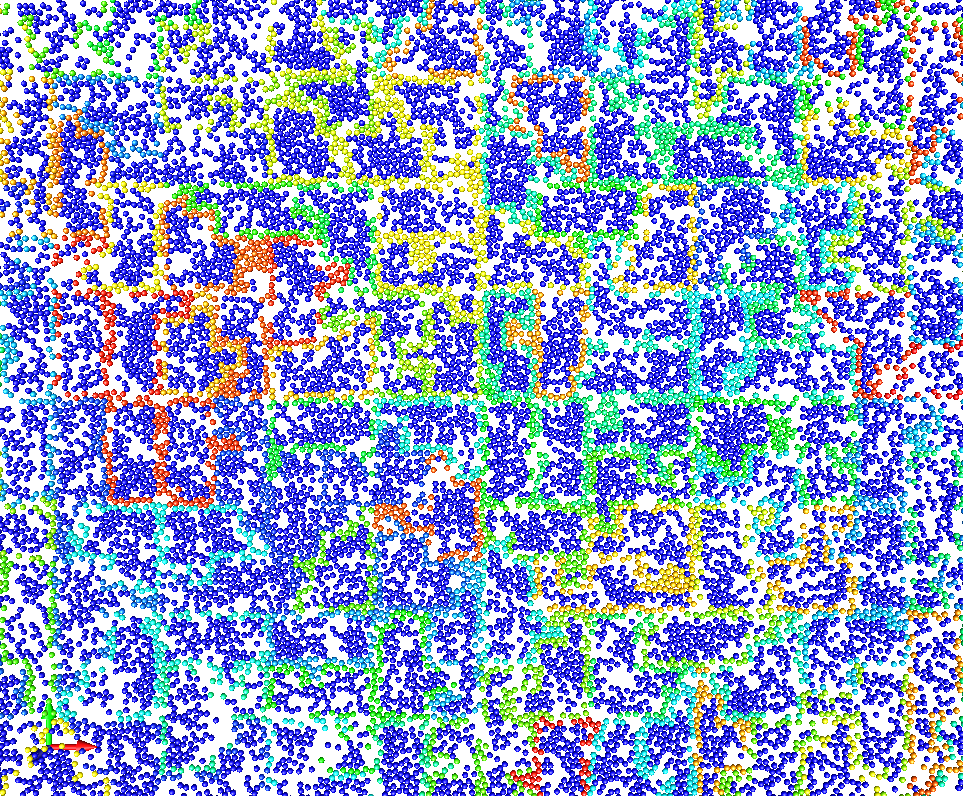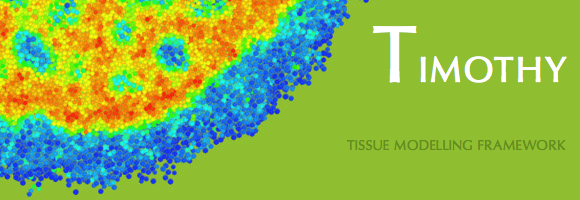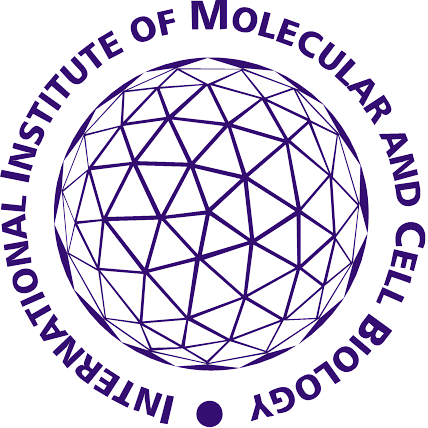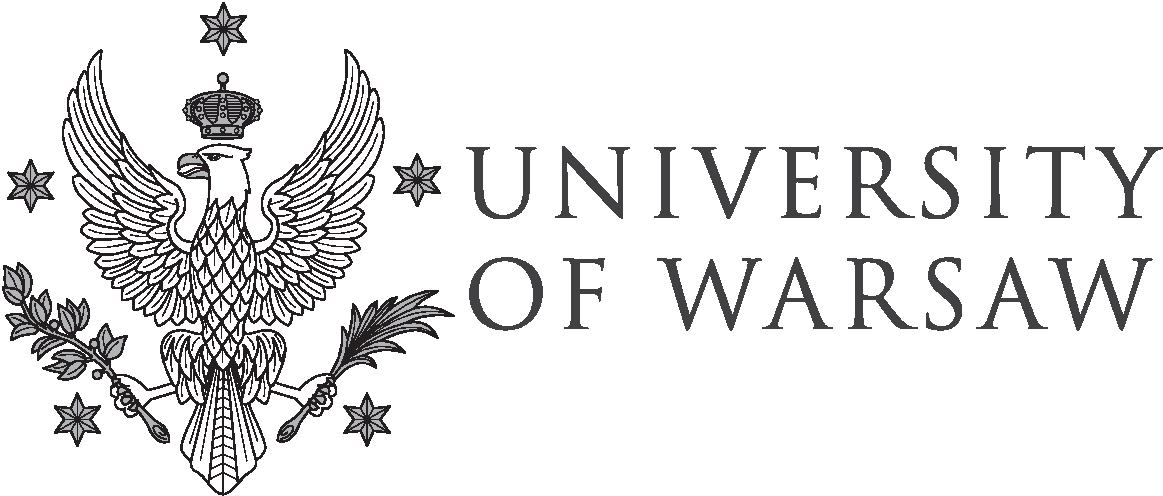|
Biological processes are inherently very complex and involve many unknown relationships and mechanisms at dierent scales. Despite many eorts, one still cannot explain all the observed phenomena nor, if necessary, make any desirable changes in the dynamics. Recently, it has become apparen that the opportunity lies in complementing the traditional, heuristic experimental approach with mathematical modelling and computer simulations. Achieving a simulation scale that corresponds for instance to clinically detectable tumour sizes is still a huge challenge, however it is necessary to understand and control complex biological processes. We develop a novel large scale parallel computational model allowing 3-D simulations of cell colonies growing and interacting with variable environment in previously unavailable tissue scale. The cells are modeled as individuals located in the lattice-free 3-D space. The model incorporates cellular environment modelled in a continuous manner, mathematical description based on partial dierential equations is formulated for selected important components of the environment. Discrete and continuous formulations are eciently coupled in one model and allow considerations on dierent scales: sub-cellular, cellular and tissue scale. High parallel scalability achieved allows simulation of up to 10^9 individual cells. This large scale computational approach allows for simulations to be carried out over realistic spatial scales up to 1cm in size i.e. the tissue scale. For the rst time a single model bridges the gap between intracellular dynamics and the tissue.
Halo exchange areas shown with colours in a 2-D simulation of a cellular colony on 256 parallel MPI processes. Local cells of each process are denoted by a navy blue colour. The colours of halo exchange cells have been randomly chosen for each process. |







